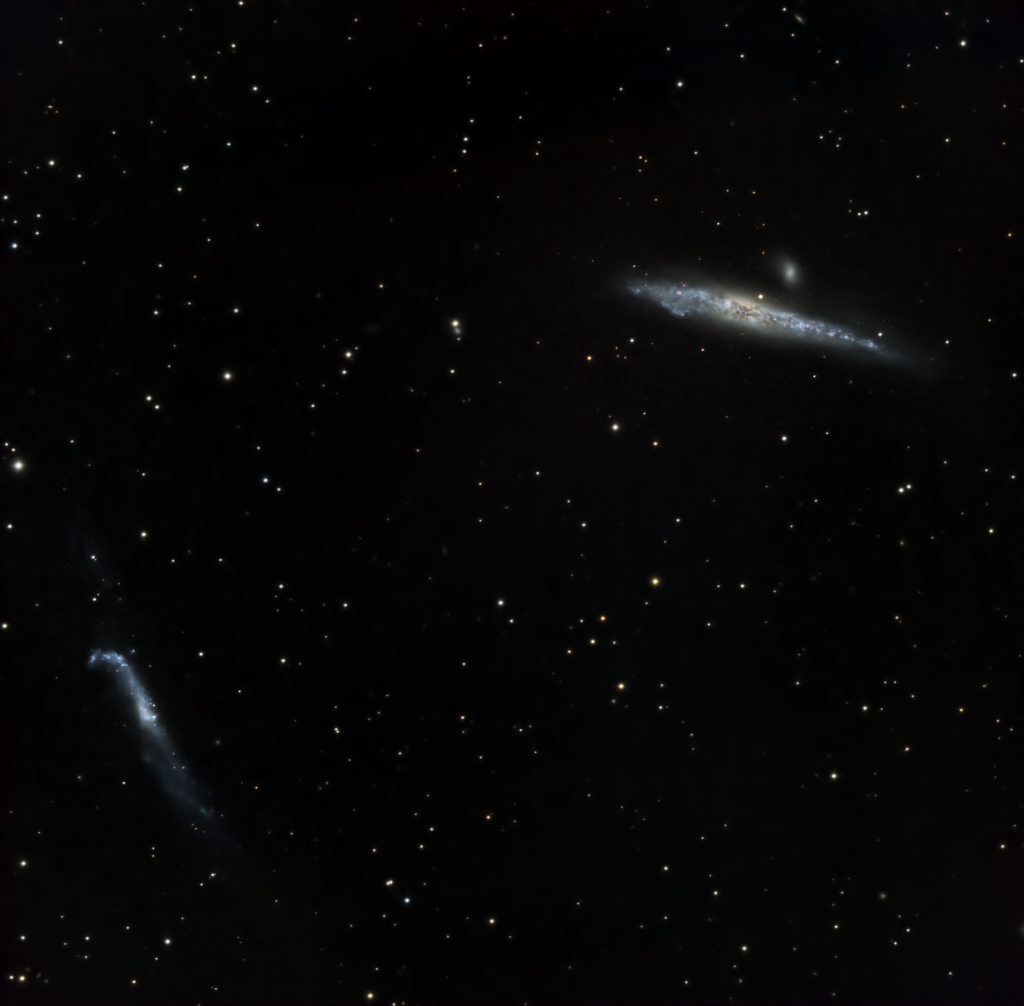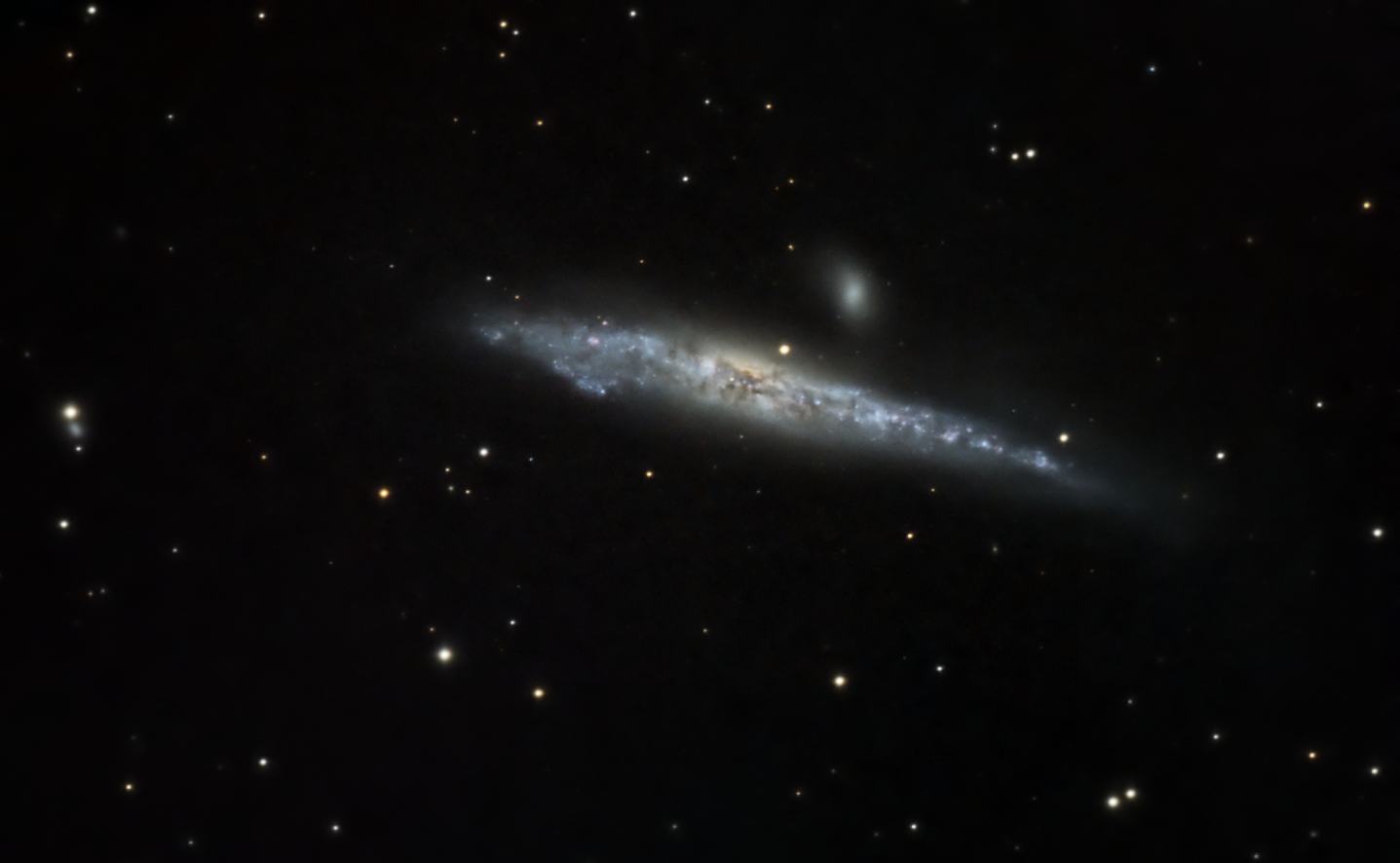
Similar Posts
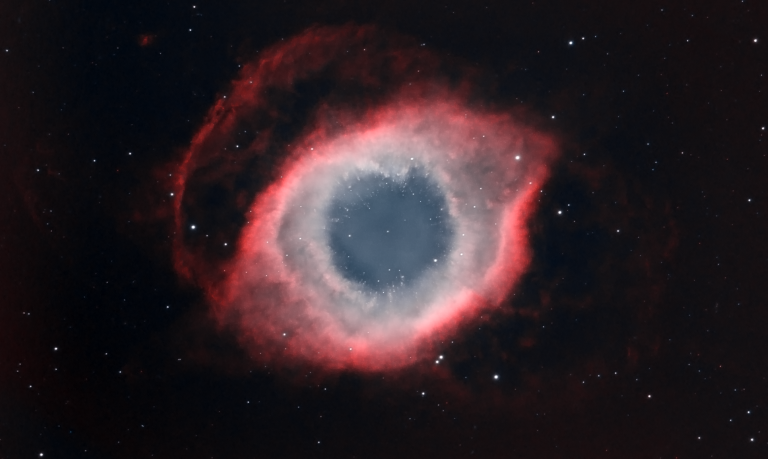
The Eye of Sauron, revisited
This is the Helix Nebula, sometimes also called the “Eye of God” or the “Eye of Sauron”. It’s a planetary nebula, formed by a star blowing off its outer layers of gas before collapsing into the white dwarf you can see at its center. This is thought to be the ultimate fate of our own…
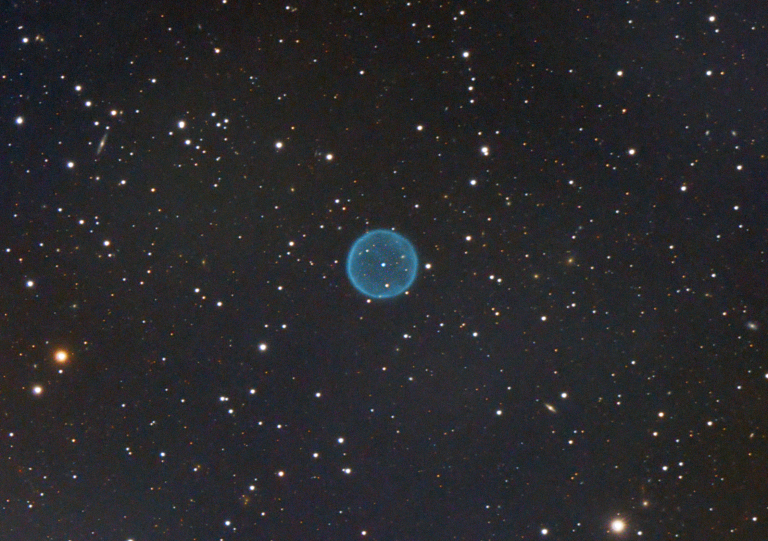
Goodness gracious, great balls of… oxygen?
Well, it was certainly born of fire. This is planetary nebula Abell 39, one of the largest spheres in the galaxy… it’s 2.6 light-years across! It really is that color blue. You’re seeing ionized Oxygen gas blown off by the dying star in its center. Look closely for the distant galaxies in the background, including…
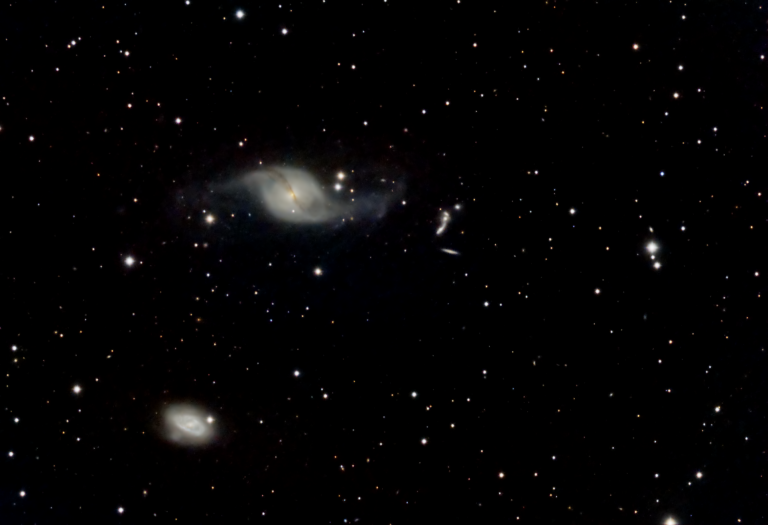
A really messed-up galaxy.
That twisted-up galaxy at the top is NGC 3718. We don’t actually know if it’s a spiral or a lenticular galaxy, because the galaxy below it, NGC 3729, appears to have warped it beyond recognition when it passed by it. Also look for the cluster of five more distant galaxies just to the right of…
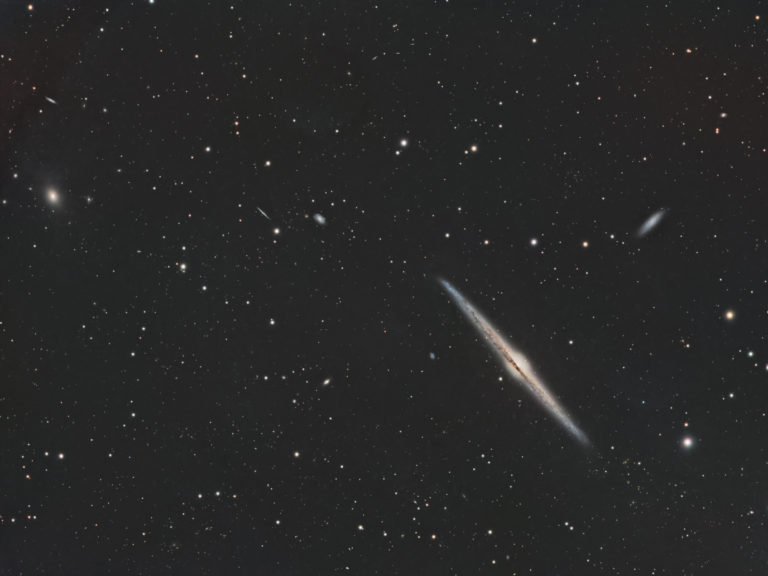
Revisiting the Needle Galaxy
This edge-on spiral is around 40 million light-years away within the constellation Coma Berenices. Lots of satellite and background galaxies to explore around it! Zoom in, and travel back in time – hundreds of millions of years.
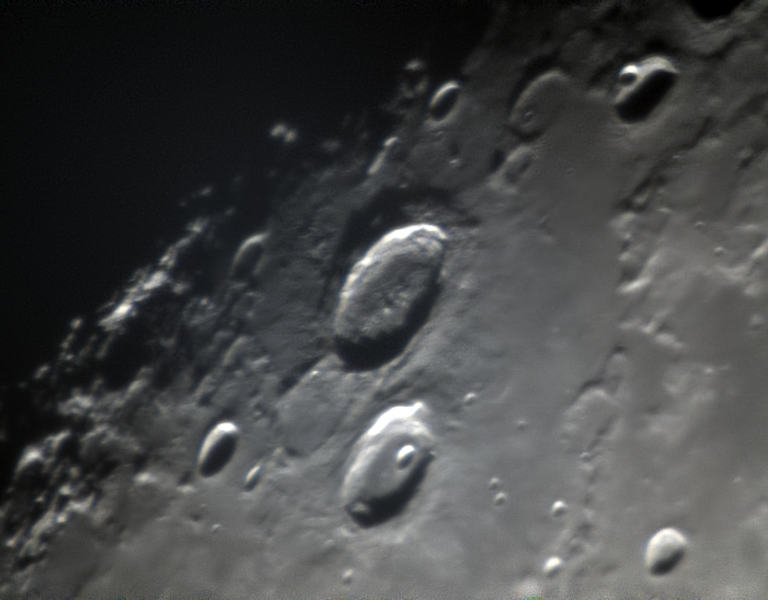
Late-night planetary imaging.
Imaging the planets requires completely different techniques and equipment than deep-sky stuff, and it’s something I’m not really good at yet. What matters the most is the seeing conditions – how stable the atmosphere is. A big part of taking good planetary images is just having the perseverance to get out there whenever the seeing…
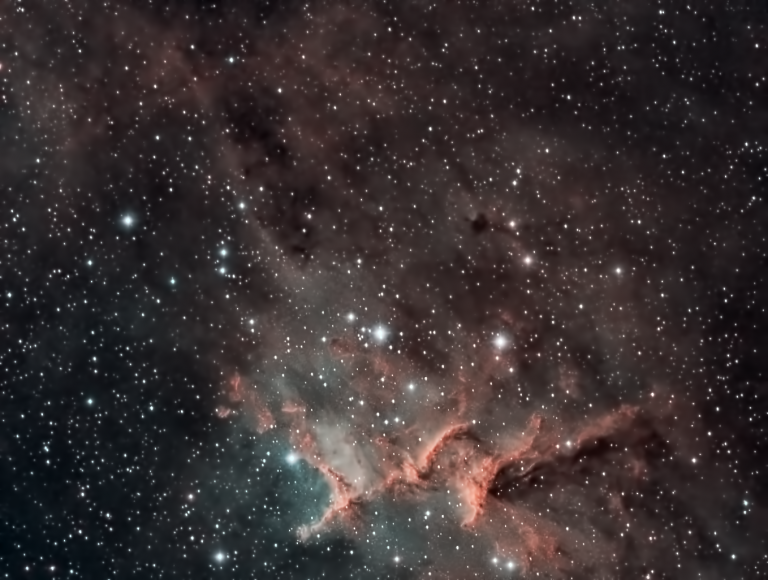
Melotte 15
This young star cluster inside the Heart Nebula is lighting up the clouds of gas from which it formed. 3 hours of narrowband exposure from my suburban driveway.

